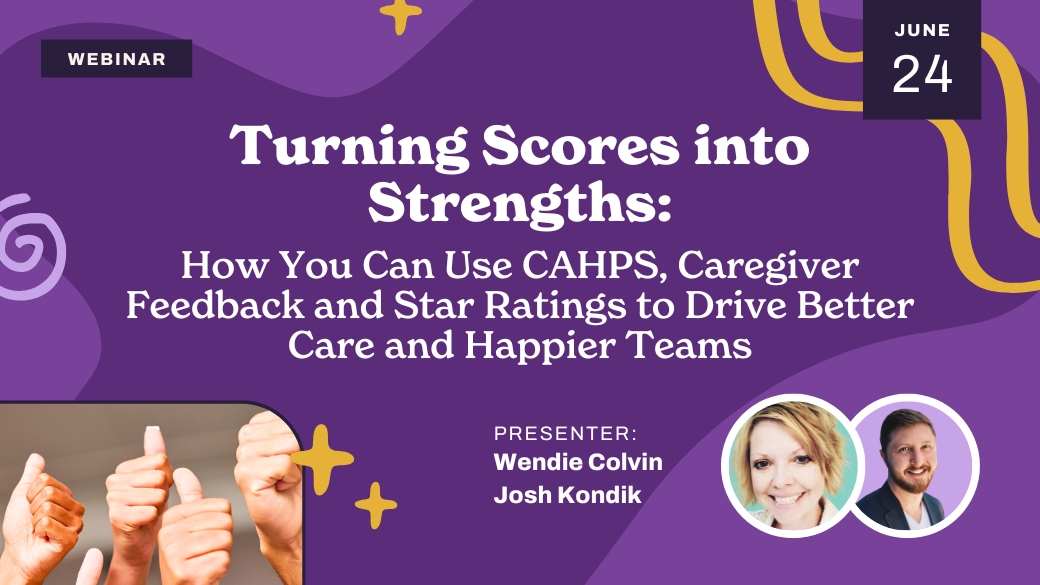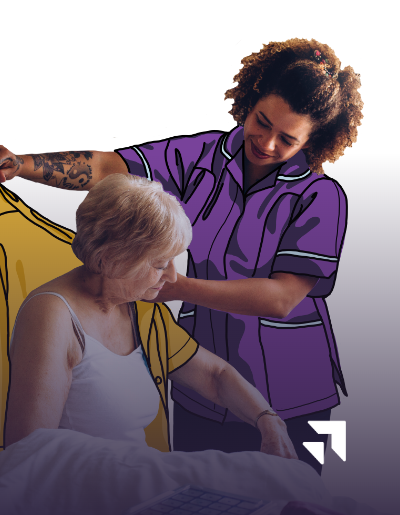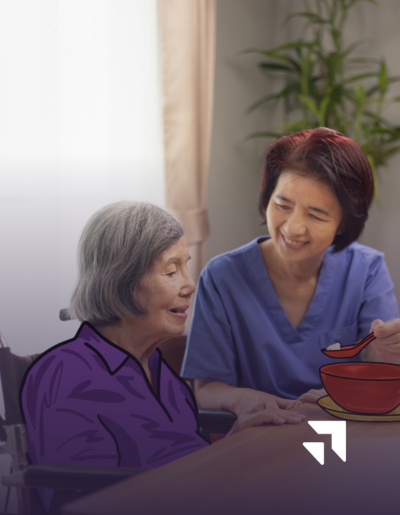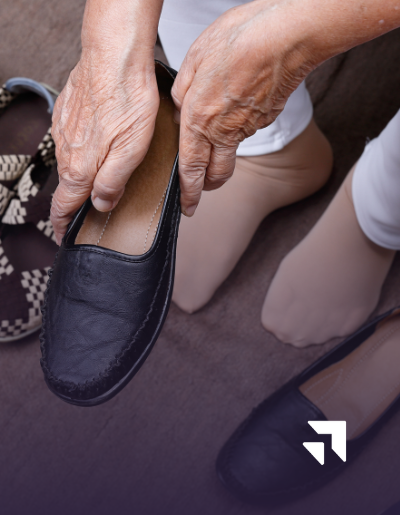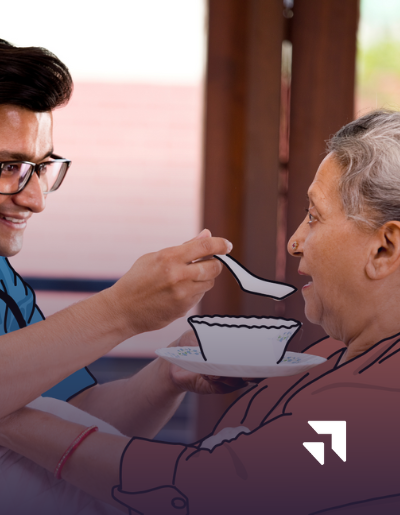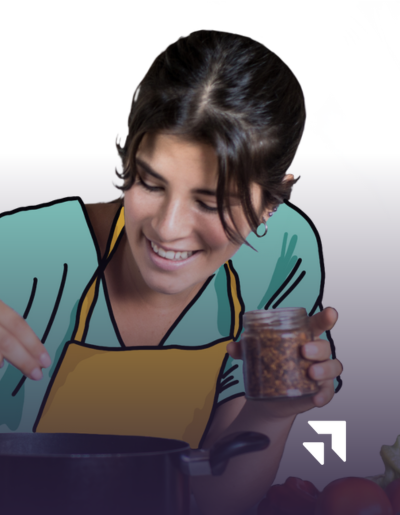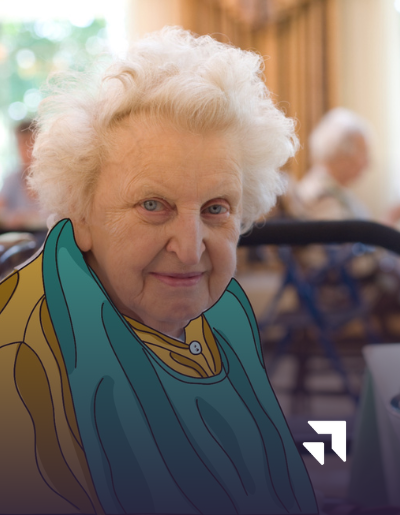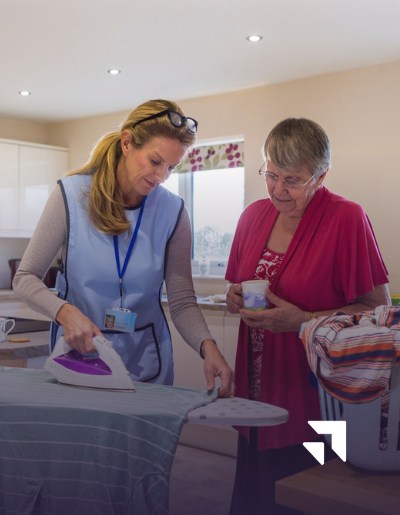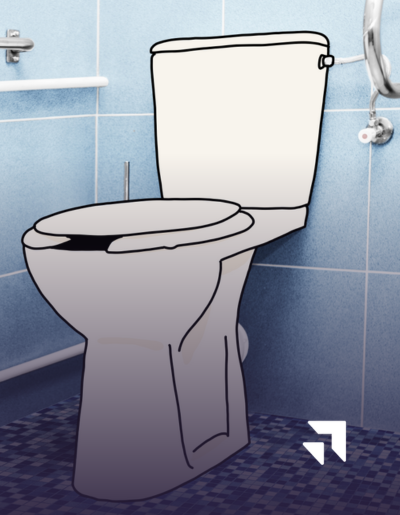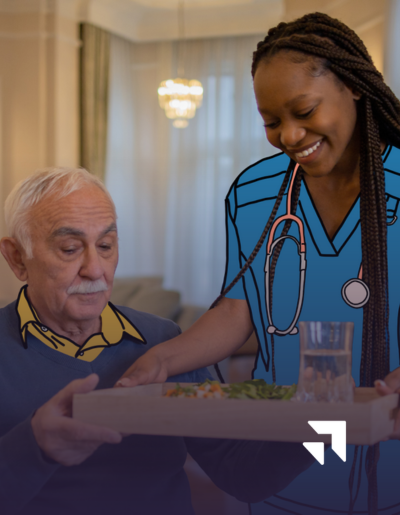Right at Home
Compliance Plus Package Course List
Right at Home – Compliance Plus Package Course List
Right at Home
Compliance Plus Package Course List
Right at Home – Compliance Plus Package Course List








18 courses found
The following courses are included in the Right at Home Compliance Plus Package.
All other courses in the Activated Insights Training library can be purchased for an additional $50/month.
This excellent inservice provides your caregivers with an overview of all the basics of nutrition and hydration.
This excellent inservice provides your caregivers with an overview of all the basics of nutrition and hydration.
Audio IncludedAudio Included
This excellent inservice provides your caregivers with an overview of all the basics of nutrition and hydration.
This excellent inservice provides your caregivers with an overview of all the basics of nutrition and hydration.
Audio IncludedAudio Included
This course provides a review of bath time personal care procedures, including bed bath, tub bath, shower, shower chair, shampoo, and sitz bath.
This course provides a review of bath time personal care procedures, including bed bath, tub bath, shower, shower chair, shampoo, and sitz bath.
Audio IncludedAudio Included
Reviews bath time personal care procedures, including bed bath, tub bath, shower, use of shower chair, shampoo, sitz bath, etc.
Reviews bath time personal care procedures, including bed bath, tub bath, shower, use of shower chair, shampoo, sitz bath, etc.
Audio IncludedAudio Included
This course reviews alternative bathing approaches, including creating a client-centered bathing routine that is agreeable to clients and caregivers alike!
This course reviews alternative bathing approaches, including creating a client-centered bathing routine that is agreeable to clients and caregivers alike!
Audio IncludedAudio Included
Through online lessons, recipe videos and a knowledge check, caregivers will learn best practices for meeting an elder's nutritional needs, safe consumption of food and beverages, maintaining independence while dining—including food preferences and meeting expectations—and identifying and correcting sources of difficult behaviors during mealtime.
Through online lessons, recipe videos and a knowledge check, caregivers will learn best practices for meeting an elder's nutritional needs, safe consumption of food and beverages, maintaining independence while dining—including food preferences and meeting expectations—and identifying and correcting sources of difficult behaviors during mealtime.
Audio IncludedAudio Included
Gives an overview of a caregivers' responsibilities in the dressing and grooming process.
Gives an overview of a caregivers' responsibilities in the dressing and grooming process.
Audio IncludedAudio Included
This course provides caregivers with an overview of the GI tract and the swallowing process.
This course provides caregivers with an overview of the GI tract and the swallowing process.
Audio IncludedAudio Included
This course provides an overview of kitchen hazards, food-borne illnesses, cooking terms, and the steps caregivers can take to ensure the safe handling of food.
This course provides an overview of kitchen hazards, food-borne illnesses, cooking terms, and the steps caregivers can take to ensure the safe handling of food.
Audio IncludedAudio Included
Provides an overview of bathing, oral hygiene, toileting, dressing, grooming, eating and transferring.
Provides an overview of bathing, oral hygiene, toileting, dressing, grooming, eating and transferring.
Audio IncludedAudio Included
Provides an overview of bathing, oral hygiene, toileting, dressing, grooming, eating and transferring.
Provides an overview of bathing, oral hygiene, toileting, dressing, grooming, eating and transferring.
Audio IncludedAudio Included
Provides an overview of IADLs (Instrumental Activities of Daily Living) including housework, meal preparation, understanding prescribed medications, shopping, telephone use, and transportation within the community—and how caregivers can assist with these important activities.
Provides an overview of IADLs (Instrumental Activities of Daily Living) including housework, meal preparation, understanding prescribed medications, shopping, telephone use, and transportation within the community—and how caregivers can assist with these important activities.
Audio IncludedAudio Included
This course will identify best practices for personal hygiene, review best practices for cooking, cooling, and storing foods, and provide an overview of how to best clean kitchens and utensils.
This course will identify best practices for personal hygiene, review best practices for cooking, cooling, and storing foods, and provide an overview of how to best clean kitchens and utensils.
Audio IncludedAudio Included
This course discusses how pain affects the elderly, including common causes and types of pain.
This course discusses how pain affects the elderly, including common causes and types of pain.
Audio IncludedAudio Included
This course offers a reminder of how important elimination is to health and well being.
This course offers a reminder of how important elimination is to health and well being.
Audio IncludedAudio Included
Provides an overview of best practices in transportation safety.
Provides an overview of best practices in transportation safety.
Audio IncludedAudio Included
This course provides your care professionals with an overview of commonly prescribed diets. It includes the purpose of each diet, general guidelines for implementing the diet, how to tell if a client is compliant, and how to help clients follow their prescribed diets.
This course provides your care professionals with an overview of commonly prescribed diets. It includes the purpose of each diet, general guidelines for implementing the diet, how to tell if a client is compliant, and how to help clients follow their prescribed diets.
Audio IncludedAudio Included
With this course, care professionals will learn about their role in client pain management, including ways to determine if clients are in pain and what kind of barriers may be present that affect pain management.
With this course, care professionals will learn about their role in client pain management, including ways to determine if clients are in pain and what kind of barriers may be present that affect pain management.
Audio IncludedAudio Included




